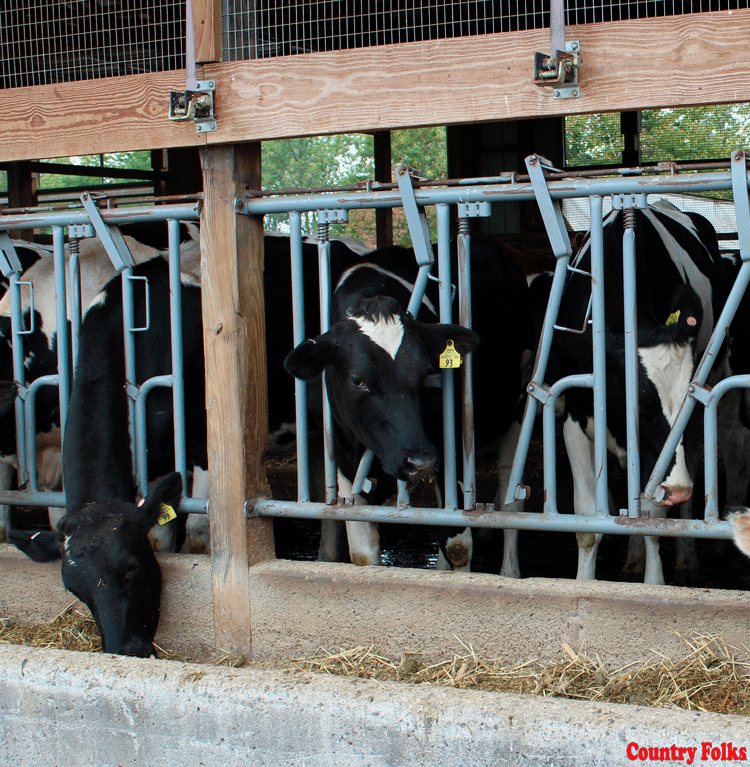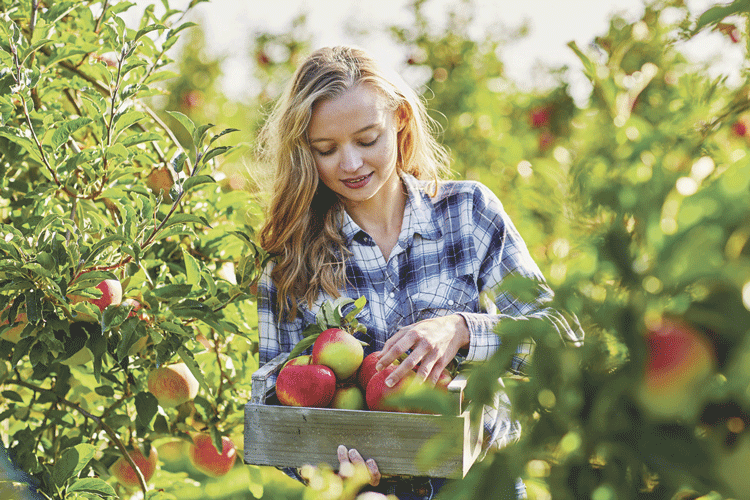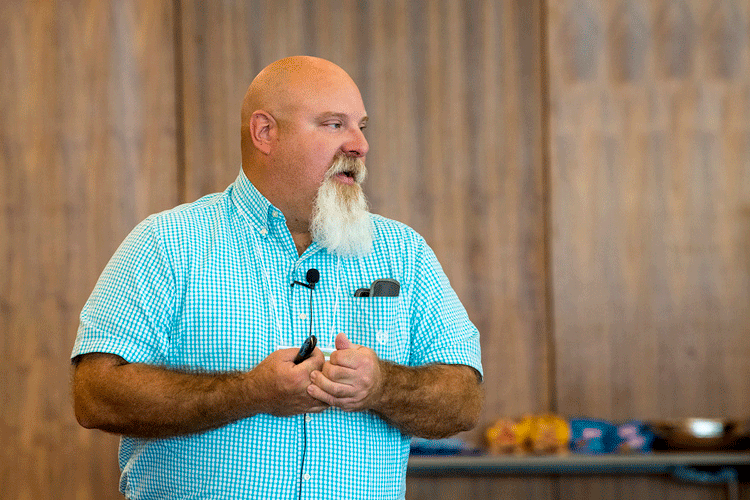by Katie Navarra
In 2019 North Central, IL, farmer Harry Adams Jr. won the World Forage Analysis Superbowl. He had finished among the top contenders several years running, but claimed the title with a dry bale hay entry with a relative feed quality of 342 and a milk per ton score of 4,015. His hay was chosen from 336 entries from 17 states. The 2020 World Forage Analysis Superbowl took place virtually, and Adams shared his secrets to success.
“My formal training is in economics and so that’s kind of always in the back of my head when I go ahead and make these decisions,” he said. “I only have a few dozen head that are component fed. I need to make sure my hay and alfalfa are the highest quality possible.”
All the feed comes from the farm. The cutting schedule is what helps him achieve that highest quality goal.
“Everybody’s a little bit different. I’m growing hay for the premium quality because I’m looking for protein,” he said. “I’m looking for TDN and digestibility. I don’t do bought-in protein. Everything I feed them comes off the farm and I need to make sure that my alfalfa is as high quality as possible.”
Cutting schedule
Cutting frequency is the key to high quality hay, according to Adams. He aims for four to six cuttings each year in an area where there are generally only three. That means he is making more trips across the field and putting more wear and tear on his equipment and potentially decreasing yield, according to widely used forage quality/yield graphs. Charts that plot out the vegetative stage, bud stage and vegetative bloom don’t give the full picture, Adams said.
“It’s a little bit more complex than just quality over yield with forage,” he said. “Crop height plays a big part. Waist-high hay with 10% bloom in a first cutting is totally different than fifth cutting hay at 18 inches and 10% bloom. I try to factor all that in.”
He strives to take the first cutting as early as possible – ideally by mid-May. Most farmers in the area using a three cut schedule wait until the first week of June. Adams knows his first cutting hay produces the lowest volume and quality. By getting it off the field early, he gives the hay time for regrowth. The weather, particularly the moisture that time of year, supports rapid regrowth. At this cutting, he takes it at the vegetative state, which doesn’t appear to set it back. He also chops the first cutting to quickly get in and off the field.
He also does a late season cutting in mid-October. The hay is dormant, and he thinks by taking it late, it cuts down on the volume in spring. He’s okay with that since he tries to keep the lowest quality hay to the smallest quantity.
“Some guys do a calendar cut every 28 days,” he said. “I want to keep some consistency in cutting yields so the sooner I can get into second and third cutting, the better. We always have kind of an extreme dry spell and can give time between mid-August and October cutting.”
At least one cutting every season occurs when the hay has a 10% bloom. He believes it’s healthy for the plant, helps control weeds and allows plants to regrow.
Setting a schedule
Deciding when to begin cutting on any given day depends on the farm’s system, equipment availability and goals. Adams prefers to mow right after lunch. That provides time for the plant sugars to accumulate and it gives time for it to dry down before evening so he knows he’s killed the plant and it isn’t losing sugars overnight. He may not finish until seven or eight at night, but the process allows for him to achieve the quality he’s looking for.
“You want to hit in those narrow windows,” he said. “I know that is hard to do but it can really help.”
Limiting the number of times the hay is “touched” also optimizes quality. That includes not driving over it while mowing or raking, both which knock off precious leaves. At no point in time does Adams allow a tire to touch the hay. He sets up his mowing pattern so that he is only driving on the stubble and follows the same approach when raking. That can get tricky in the headlands, but driving over cut hay sacrifices quality.
“If it’s dry enough to rake it is too dry to be driving on,” he said. “Every time you touch it you’re losing the leaves, that’s where the money, the protein is.”
Adams’s sample that won the 2019 championship was never raked. He cut it five days prior to baling and left it while he combined beans. While his father baled some of his own hay, he asked Adams if he would like him to bale it up.
“I told him I wasn’t sure what would be out there. He drove over and it worked out great,” Adams said. “We use the same process with chopping – raking as little as possible, preferably not at all. It’s not always possible but it works when it can be done.”
Continuous improvement
Claiming the Forage Analysis Superbowl Championship wasn’t the end of Adams’s journey. He is always looking for ways to improve his operation. One area he plans to focus on in 2021 is fertilization. He uses horse manure rather than dry fertilizer and is considering adding a mid-summer application to the schedule. High on his priority list is purchasing a new manure spreader, maybe one with a spinner that would enable extra fertilization without running over the crop.
Adams is also considering a three-point hitch-mounted mower without rollers. As he watches alfalfa leaves stick to the rollers on his hay bine he wonders if he is picking those up later – and the obvious answer is not all of them. An inexpensive mower could be the answer, especially when he is bagging at 60% moisture and doesn’t need the hay to dry down.
“When you fret over every leaf that falls off, maybe that’s something to pay attention to,” he said. “That mower is a pretty high priority.”










Leave A Comment